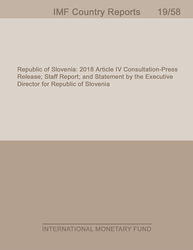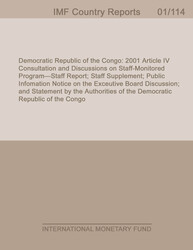
Luxembourg: Financial Sector Assessment Program—Technical Note on Macroprudential Policy Framework, Tools, and Calibration
Luxembourg: Financial Sector Assessment Program—Technical Note on Macroprudential Policy Framework, Tools, and Calibration
READ MORE...
Volume/Issue:
Volume 2024
Issue 183
Publication date: June 2024
ISBN: 9798400278785
$20.00
Add to Cart by clicking price of the language and format you'd like to purchase
Available Languages and Formats
| English |
Prices in red indicate formats that are not yet available but are forthcoming.
Topics covered in this book
This title contains information about the following subjects.
Click on a subject if you would like to see other titles with the same subjects.
Finance , Economics- Macroeconomics , Banque Centrale du Luxembourg , households stress test result , NFCS debt , RRE price , requirement regulation , alternative investment , Macroprudential policy , Financial sector stability , Mortgages , Stress testing , Housing prices , Europe
Also of interest
Summary
Strong policy support and high financial buffers are helping the financial sector weather the consecutive shocks, but pre-pandemic vulnerabilities have continued to rise. Ultra loose financial conditions, in part as a consequence of ECB’s monetary policy, have contributed to increased households’ indebtedness and stretched asset prices. Specifically, real estate prices had grown rapidly over 2018–22 with signs of overvaluation. Households’ indebtedness continued to rise, although partly mitigated by high households’ net wealth. These mounting real estate vulnerabilities prompted measures from the authorities, including on the macroprudential front, that bolstered the resilience of the banking sector but had mixed effects on the risk profile of new mortgages. The average LTV has dropped but the impact on DSTI and DTI has been more muted.
Copyright © 2010 - 2025
Powered by:
AIDC



